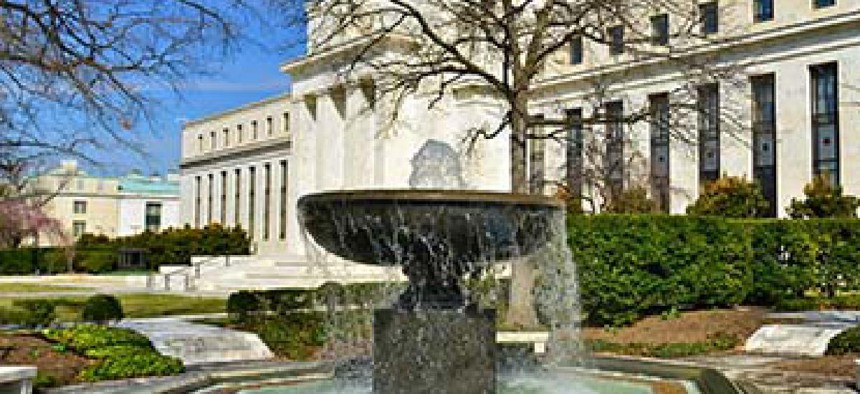Can the Fed do a better job protecting embargoed economic data?

An IG audit suggested ways the Fed could better safeguard economic data shared with reporters in special agency "lockup rooms."

The Federal Reserve Board, like other agencies that publish critical economic data, works with news media to share sensitive information with the public, including the minutes of the monetary policymaking body of the Federal Reserve System.
Journalists get an advance look at the information, but there's a catch. They must write their stories in special "lockup rooms," where they can't communicate with the outside world. Otherwise there could be leaks, which could have serious consequences for the financial markets.
Yet according to an audit of the Federal Reserve Inspector General dated April 15, the security in the lockup room isn't as tight as it should be.
Wireless connectivity and personal electronic devices are not allowed to members of the media, until they get the OK to file their stories. To be allowed in the lockup room, the media outlet must submit required documents, including a news organization agreement, a letter from the Washington, D.C., bureau chief, and a journalist agreement.
Leaks do happen from time to time. On Aug. 19, 2015, Bloomberg published a headline referencing an in-progress article on the economic forecast of the Federal Open Market Committee 24 minutes before the scheduled release of the data, sending markets into a tizzy.
Over the course of several visits to different lockup rooms, the IG observed some crucial security flaws, including a lack of metal detectors to identify mobile devices, and an inability to guarantee that reporters weren't able to access wireless signals in lockup rooms.
In response to IG recommendations, the Fed has forbidden journalists from bringing their own laptops. Instead, news organizations were required to purchase desktop computers to be stored at the lockup site. Those PCs were shipped directly to the Fed for inspection and installation. Additionally, the Fed installed a device to monitor wireless traffic inside the room, to make sure reporters weren't surreptitiously using connected devices.
Most of the tech-related vulnerabilities observed by the IG have been addressed by the Fed, according to the report.
NEXT STORY: DISA claims progress in classified mobile


